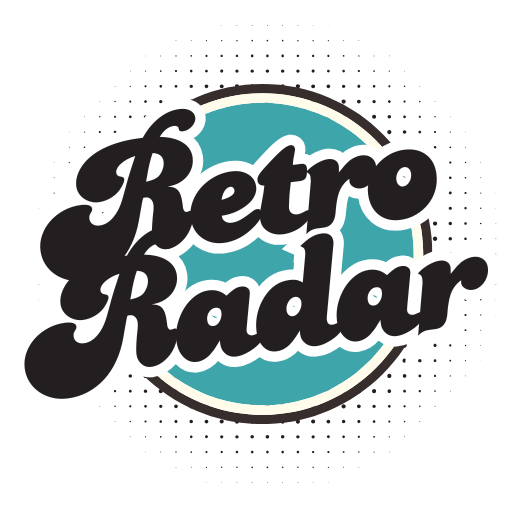15 Timeless 1950s Life Hacks That Outshine Today’s Viral Trends
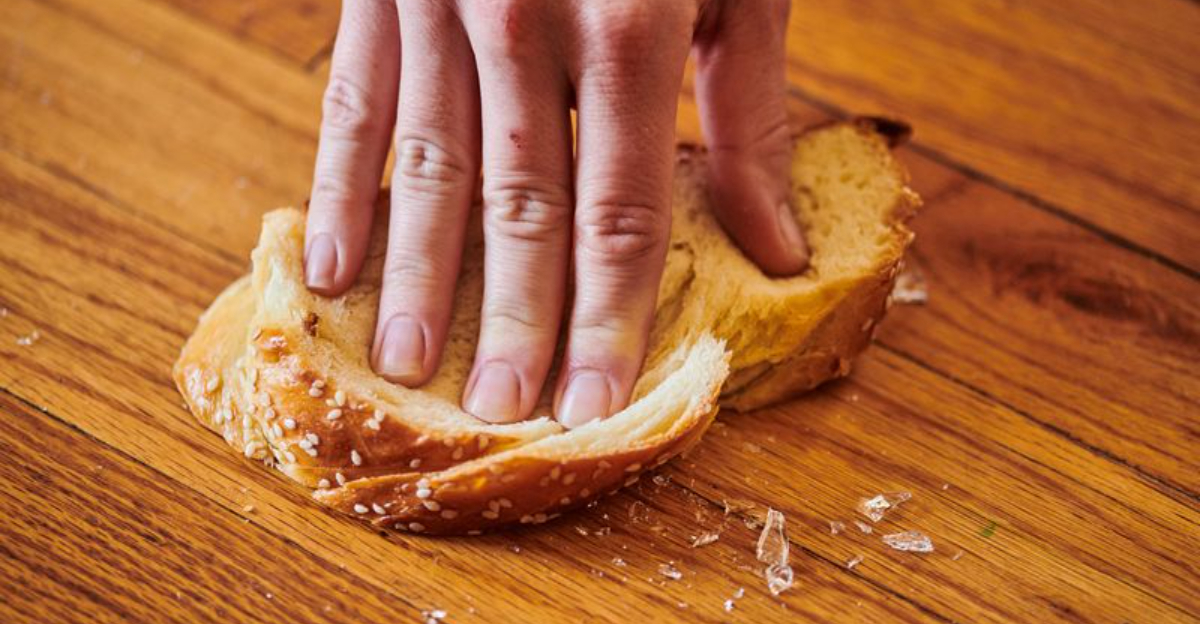
Before TikTok influencers tested quirky cleaning tricks or avocado pit hacks, 1950s homemakers perfected the art of resourcefulness. These mid-century solutions were practical, ingenious, and durable.
With just baking soda, creativity, and perhaps a rotary phone, people simplified life without needing viral videos.
Many of these retro tips remain superior to today’s fleeting fads. Here are 15 vintage life hacks from the 1950s that deserve a revival.
1. Using Vinegar for Just About Everything
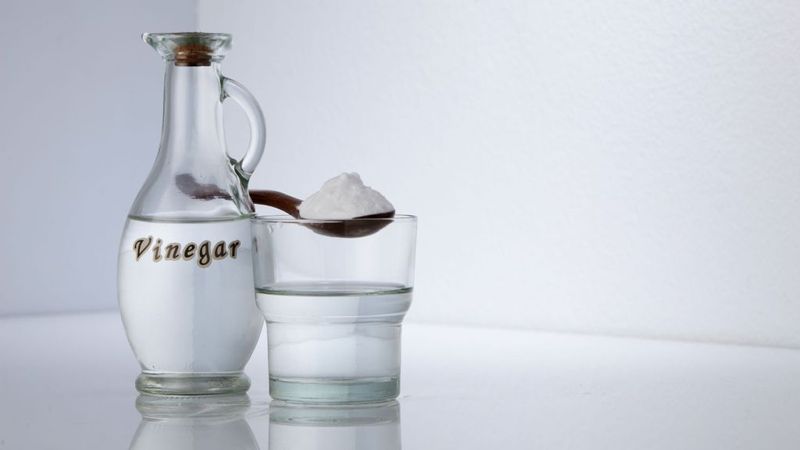
In the 1950s, vinegar was more than a salad dressing; it served as a versatile cleaning tool. Homemakers applied it to polish windows, freshen fridges, and soften laundry.
This budget-friendly, non-toxic solution outperforms many modern hacks and avoids microplastic-laden wipes.
2. Bread to Pick Up Broken Glass
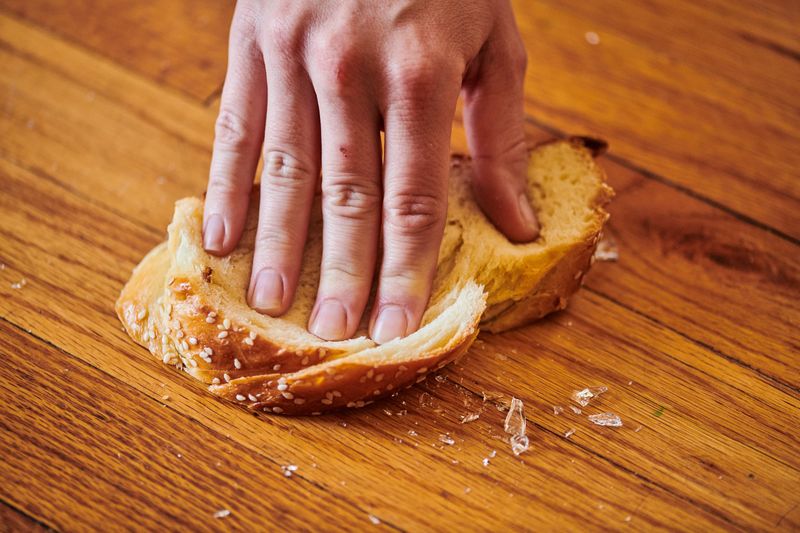
Drop a glass in the kitchen? In the ’50s, they knew exactly what to do: press a slice of soft bread over the area to pick up the tiny shards. It worked better than a broom and prevented nasty cuts.
It’s low-tech but high genius, and you won’t find this one trending on TikTok anytime soon.
3. Potato to Remove Rust
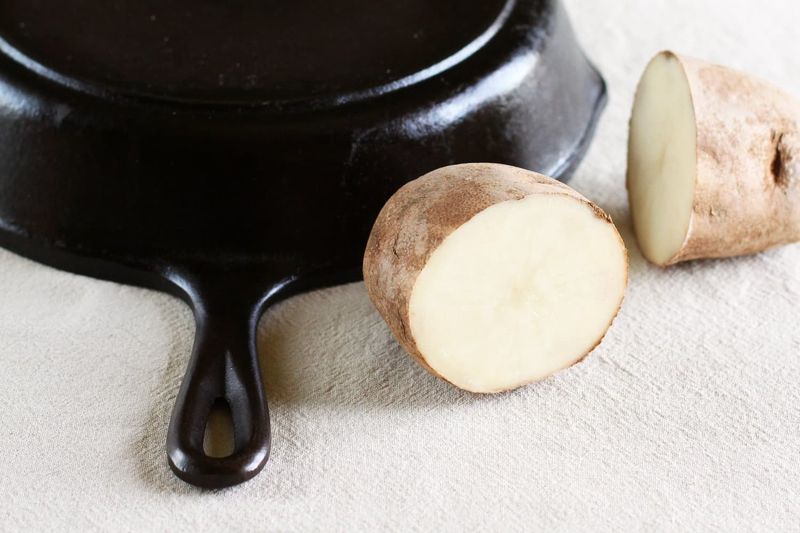
Yes, a raw potato and a little baking soda or salt can actually scrub away rust. This old-school trick used the oxalic acid in potatoes to lift rust from knives, tools, and even old sinks.
It’s eco-friendly, surprisingly effective, and a great excuse to use that sprouting spud in your pantry.
4. Salt to Clean Coffee Stains
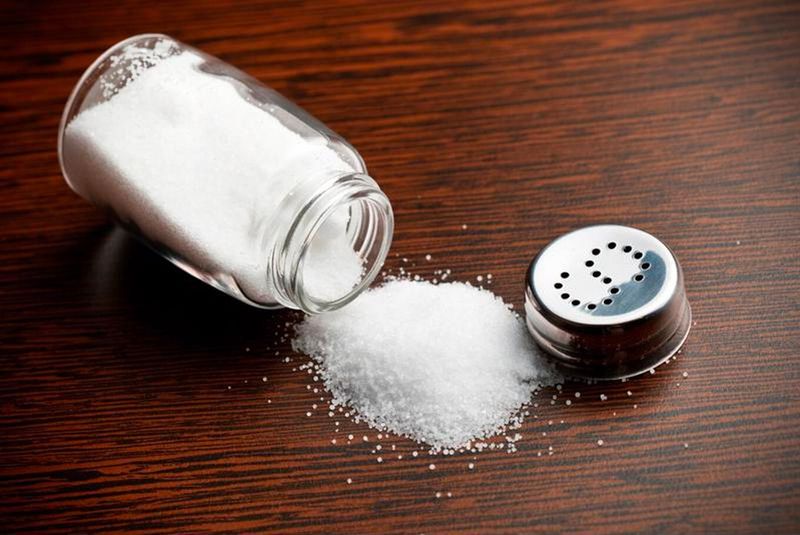
Before stain removers, 1950s households used salt to tackle coffee or tea rings on cups and counters.
Gentle and non-toxic, this method remains effective, unlike some viral tricks that cause more harm than good.
5. Wax Paper to Keep the Fridge Smelling Fresh
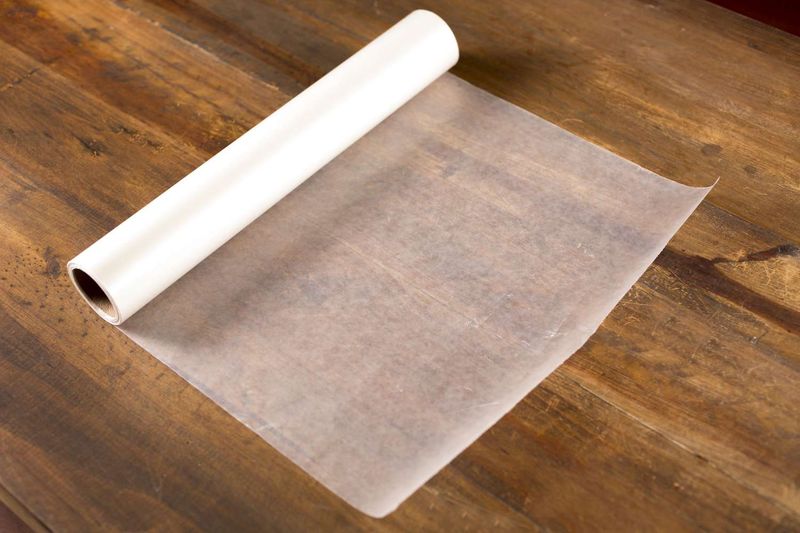
While TikTok shows us people pouring baking soda in decorative jars, the ’50s had their own subtle solution: wax paper. Lining fridge shelves with wax paper helped catch spills and reduce odors.
A quick toss and replace, and the fridge stayed clean and fresh—no elaborate “fridge restocking” reels needed.
6. Lemon Juice as a Natural Whitener
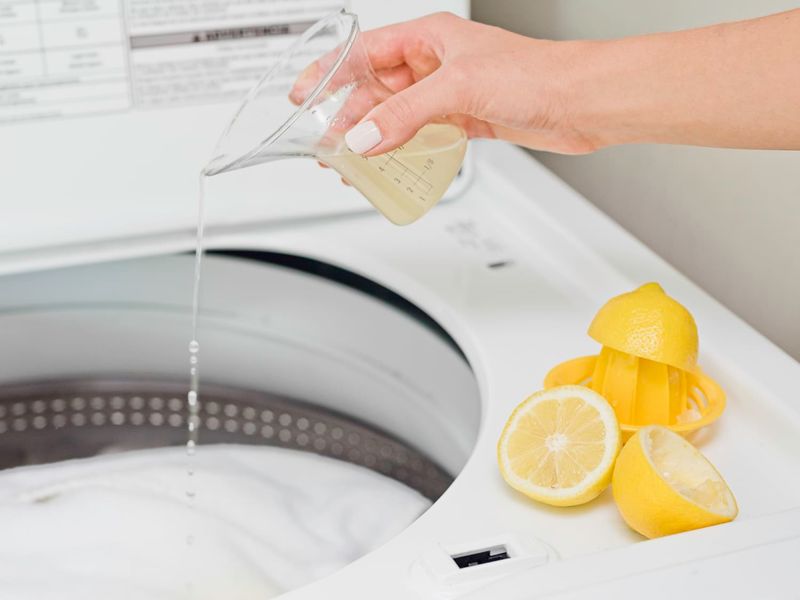
In the 1950s, lemons brightened laundry, removed stains, and polished metal.
This citrus cleaner often outperformed bleach and left a pleasant scent, unlike today’s strong chemical sprays.
7. Cold Water to Get Rid of Wrinkles in Clothes
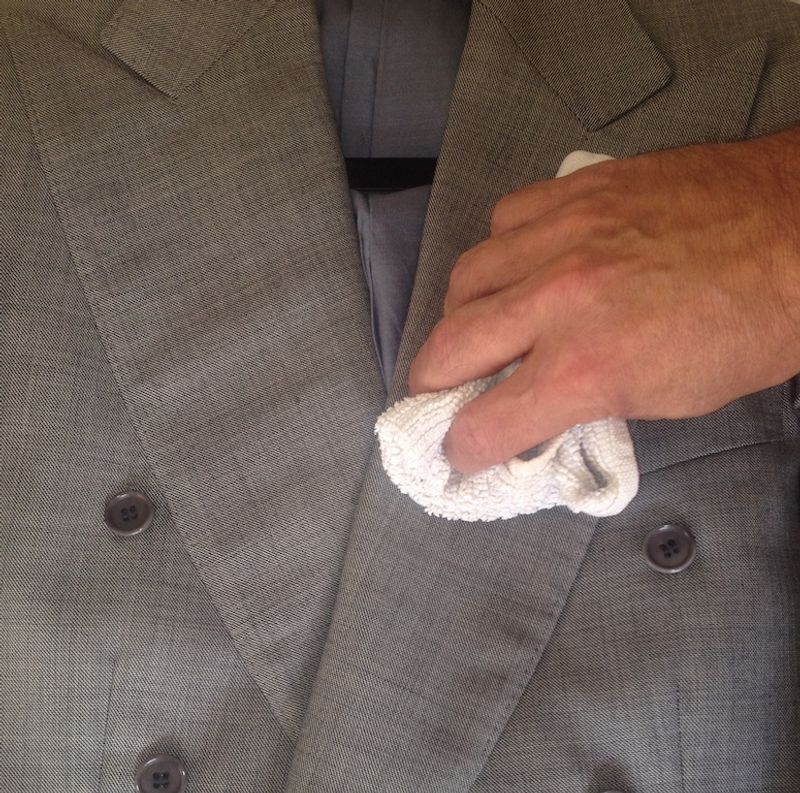
Instead of steaming clothes for hours, people in the ’50s would dampen wrinkled garments slightly, then hang them to air dry overnight.
The wrinkles would fall right out by morning: no ironing board or wrinkle-release spray required. It was energy-saving and incredibly effective.
8. Newspaper for Cleaning Windows
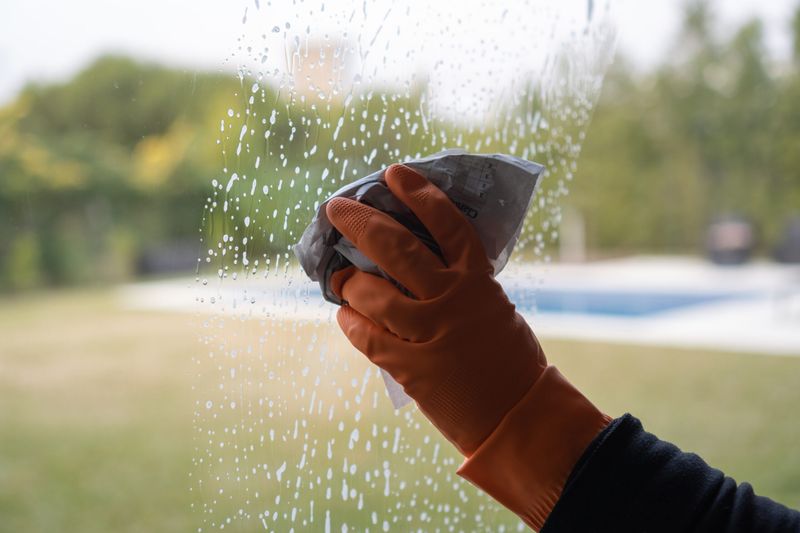
This trick from the ’50s remains unmatched: crumpled newspaper was used to clean windows without streaks. Paired with vinegar or plain water, it left glass sparkling and lint-free.
It’s still better than many microfiber cloths today, plus it gave the Sunday comics a second life.
9. Soap Under Fingernails Before Gardening

To keep dirt from lodging under their nails, 1950s gardeners would rub a bar of soap underneath before heading out.
The soap created a barrier that made post-gardening cleanup a breeze. It’s a no-fuss, no-mess method that still beats scrubbing your hands raw with a nail brush.
10. Toothpaste for Silver Polish
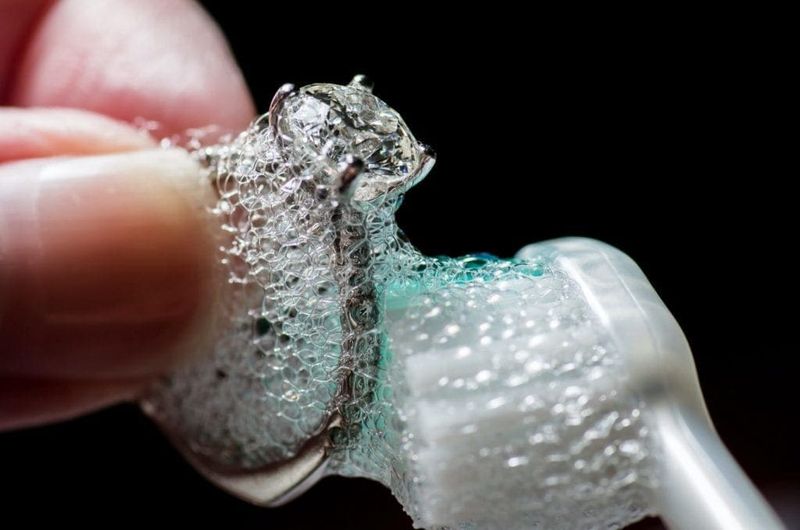
To shine tarnished silver, 1950s households often reached for plain white toothpaste. It acted as a mild abrasive and lifted grime without scratching delicate pieces.
No need for fancy silver polishes or ultrasonic machines, but just a tube of old-school paste and a cloth.
11. Sewing Needle as a Record Player Stylus
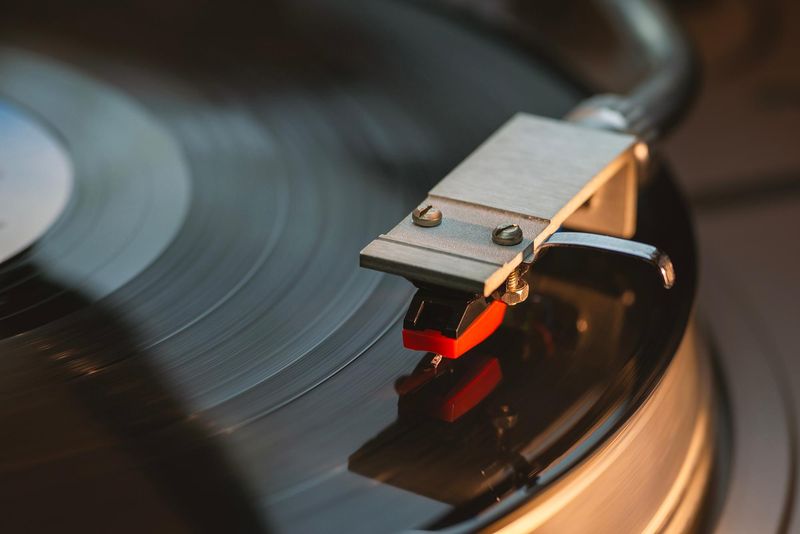
When the stylus broke on a record player, some handy folks in the ’50s would temporarily replace it with a sewing needle. While not a permanent fix, it kept the music going without a trip to the store.
It’s the kind of creative problem-solving that predates tech support chats by decades.
12. Baking Soda to Freshen Upholstery
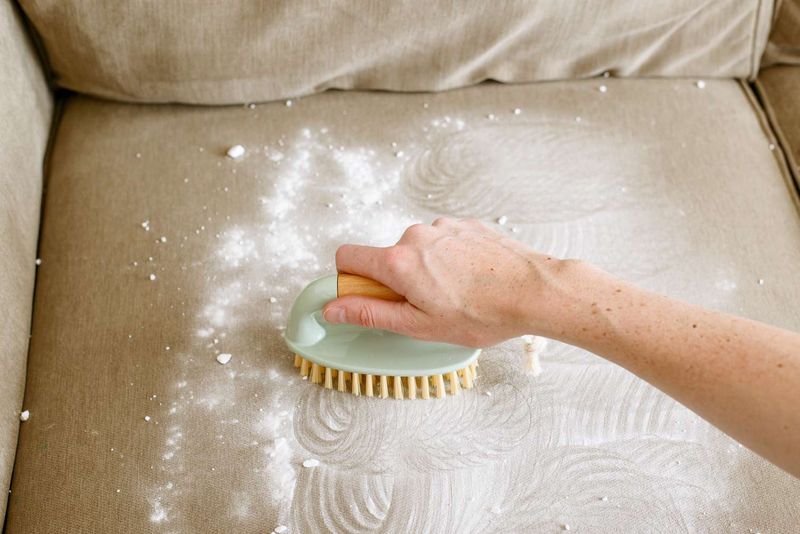
People used baking soda to deodorize sofas, car seats, and even mattresses long before it became an internet darling.
A quick sprinkle, a short wait, and a vacuum session was all it took to lift odors. This hack is still miles ahead of many overpriced odor-removing sprays.
13. Milk to Fix Cracked China
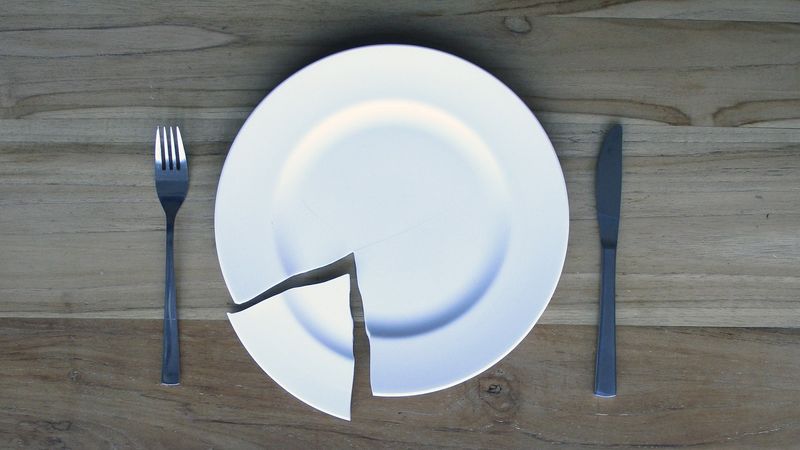
Believe it or not, boiling a cracked dish in milk was a 1950s go-to for sealing hairline fractures. The proteins in the milk would react with the ceramic to help mend the break.
It didn’t work miracles, but it gave cherished heirlooms a second life.
14. Olive Oil for Squeaky Hinges

When WD-40 wasn’t around, a bit of olive oil did the trick. A few drops on door hinges would silence squeaks without any chemical fumes.
It’s natural, safe, and probably already in your kitchen.
15. Tea Bags for Puffy Eyes
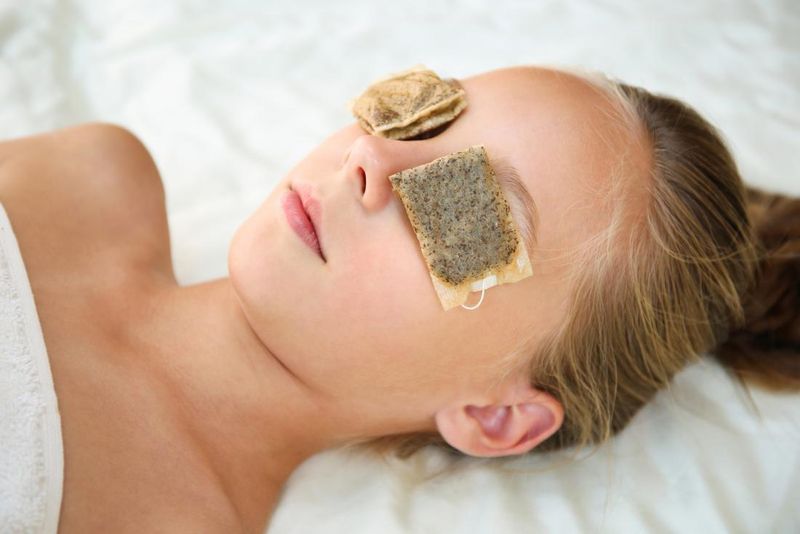
Forget cucumber slices because 50s homemakers used cool, used tea bags to reduce puffiness and soothe tired eyes. The tannins in the tea helped tighten skin and reduce swelling.
It’s basically the original under-eye treatment, minus the $80 price tag.
